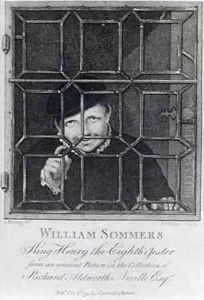Harding, S. Paintings
Sophie Harding, born in 1797, was a notable British artist whose contributions to the art world during the 19th century continue to be appreciated for their delicate sensibility and refined technique. Although not as widely recognized as some of her contemporaries, Harding's work played a significant role in the period's artistic movements, showcasing an adeptness at capturing the essence of her subjects with both clarity and emotional depth.
Sophie Harding's artistry was deeply influenced by the Romantic movement, which was prevalent during her formative years. This influence is evident in her landscapes and portraits, which often convey a profound sense of emotion and an appreciation for the sublime beauty of nature. Despite the gender constraints of her time, which typically sidelined women from the professional art world, Harding managed to carve out a space for herself through sheer talent and determination.
Throughout her career, Harding exhibited her work at various prestigious venues, including the Royal Academy of Arts, though she often faced the challenges of recognition and respect in the male-dominated art scene. Her paintings, characterized by their vibrant use of color and meticulous attention to detail, garnered a dedicated following, allowing her to sustain a modest livelihood through her art.
Harding's legacy, though somewhat overshadowed by her more famous peers, has seen a resurgence of interest in recent years. Art historians and critics now celebrate her contributions to the British art scene, recognizing her as a pioneer for women artists who followed in her footsteps. Sophie Harding passed away in 1863, leaving behind a body of work that continues to inspire admiration and respect for its artistic merit and historical importance.

